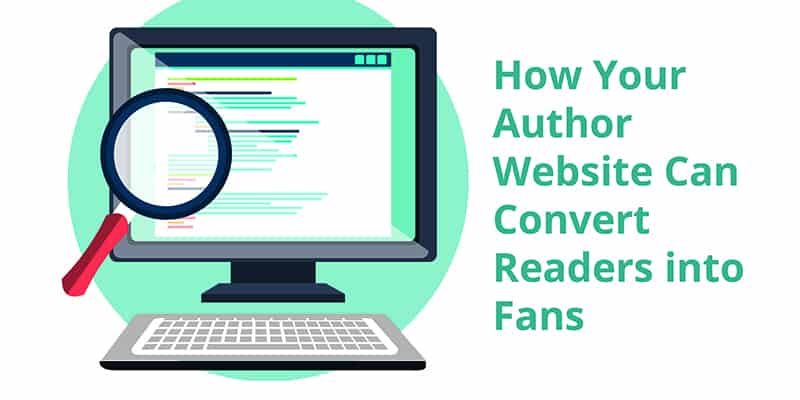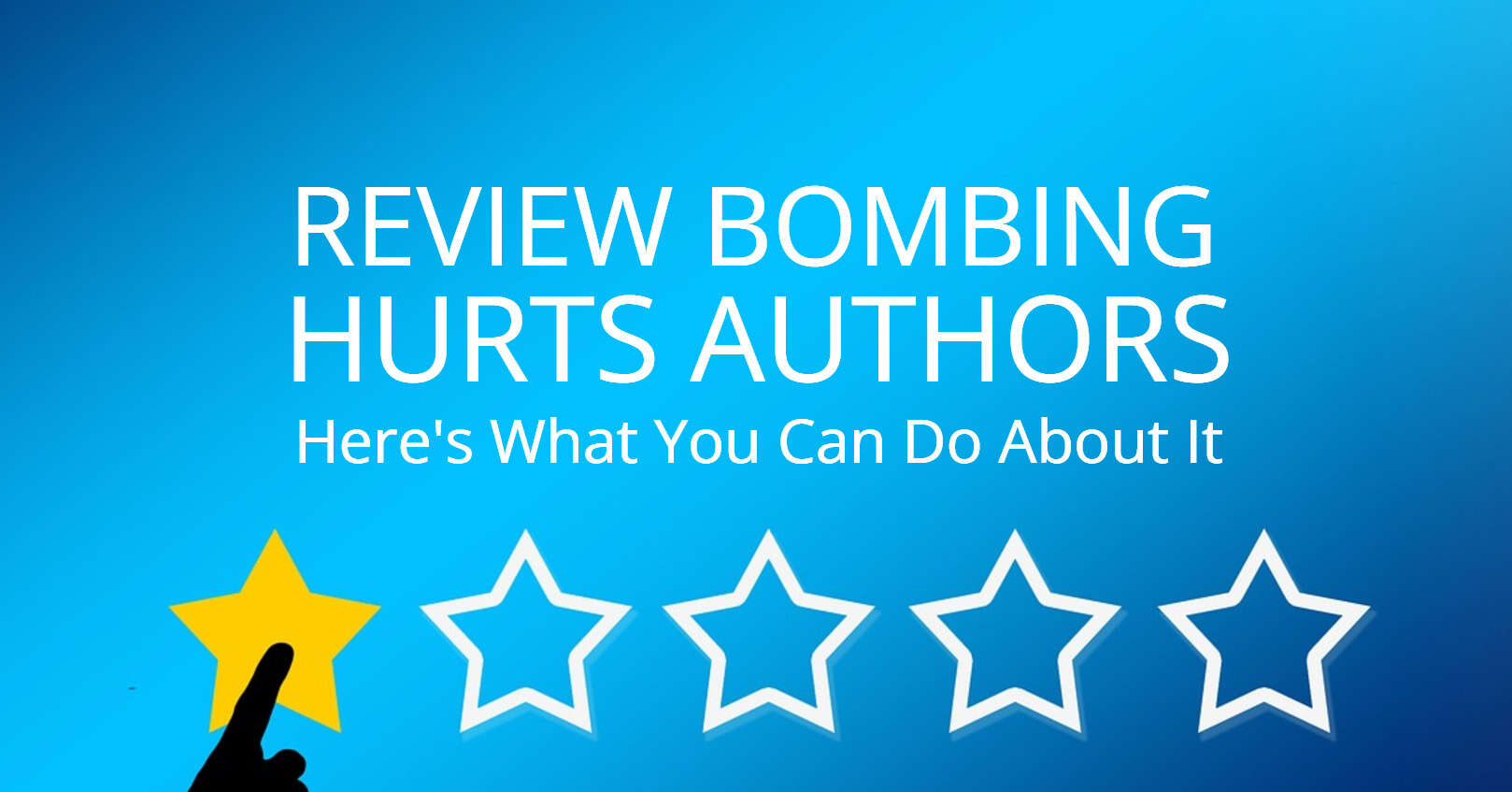
The publishing industry is constantly evolving, driven by changing reader preferences, advancements in technology, and shifts in the market landscape. From the emergence of new formats to the impact of digital platforms, the publishing landscape is undergoing a remarkable shift. The way books are created, distributed, and consumed is being reimagined, presenting both challenges and opportunities for authors and publishers alike.
In this article, we delve into the dynamic world of publishing, unveiling the latest trends and developments that are reshaping the industry. We explore the transformative power of technology, the rise of alternative publishing models, the growing demand for diverse and inclusive voices, and the expanding realm of self-publishing. By understanding these trends, authors and industry professionals can navigate the changing landscape, adapt their strategies, and seize new opportunities in a rapidly evolving market.
Whether you’re an author seeking new avenues for publication, a publisher navigating the digital frontier, or simply an enthusiast curious about the future of books, this article will provide valuable insights into the emerging trends and developments shaping the publishing industry.
Staying informed about the latest trends and developments is crucial for authors seeking to adapt and thrive in this dynamic environment. Here are some key trends and strategies to consider:
28 Trends and Developments in Publishing Every Author Should Know
1. Digital Publishing and Ebooks
The popularity of ebooks continues to grow, with readers embracing the convenience and accessibility they offer. With it have come several new buying trends for readers:
- Readers are more likely to try unfamiliar or new authors due to the lower price points of ebooks.
- Readers are expanding their reading horizons cross-genre and into niche genres due to the ease and convenience of accessing ebooks.
- Subscription models for ebooks are becoming popular.
- Readers purchase the ebook version of books first before buying a hardcopy.
- Readers buying special editions books to display but read ebook versions to keep special editions nice.
Authors can tap into these trends by considering digital publishing options, whether through self-publishing platforms or partnerships with digital publishers. Optimizing your book for various digital formats and exploring e-book marketing techniques and distribution channels can expand your reach and cater to the preferences of digital-savvy readers.
2. Audiobooks and Voice-Activated Devices
Audiobooks have experienced significant growth, driven by the rise of voice-activated devices like Amazon’s Alexa and Google Home, which allows people to easily listen to audiobooks while doing other activities, like chores, throughout the day. This is allowing busy individuals who used to feel like they didn’t have the time to read books to still enjoy books throughout the day.
This surging popularity opens up opportunities for authors to have their books produced as audio editions. Capitalize on this trend by exploring audiobook production and distribution options. Collaborating with professional narrators or leveraging DIY platforms can help you reach a wider audience and provide an immersive reading experience.
Additionally, podcasts have become a medium for adapting books into audio dramas or serialized podcast series, further expanding the reach of an author’s work.
3. Hybrid Publishing Models
Hybrid publishing combines elements of traditional and self-publishing, offering authors a middle ground. These models often involve partnerships with independent publishers who provide professional editing, design, and distribution services.
Hybrid publishing can provide a balance between creative control and industry expertise, making it a viable option for authors looking to navigate the publishing landscape.
4. Hybrid Authorship
Many authors are now embracing a hybrid approach where they traditionally publish some of their books, usually the ones reaching more popularity, while continuing to publish many of their other books themselves. This allows authors to get the help they may need to support a more popular novel and navigate aspects like movie or television deals, merchandising, global translations and marketing, and more, while still allowing the author to hold on to the full rights and directions of their other books and series.
By publishing some books traditionally while independently publishing others, authors can leverage the benefits of both models. Hybrid authorship allows for greater creative control, faster publication timelines, and higher royalty rates, while still benefiting from the resources and marketing reach of traditional publishers.
5. Direct-to-Reader Marketing
Authors are increasingly leveraging direct-to-reader marketing strategies to build relationships with their audience. Through email newsletters, author websites, and social media platforms, authors can communicate directly with readers.
Building a strong online presence through social media, author websites, and email newsletters allows you to cultivate a loyal fan base and market your work directly. Embrace content marketing strategies, such as offering exclusive content, hosting virtual events, or collaborating with influencers, to build a community around your books.
6. BookTok and Bookstagram
While there are readers on every social media platform, BookTok and Bookstagram deserve a spot for themselves since these two platforms, in particular, have blown expectations out of the water. The power of these two platforms has driven many independent authors to widespread fame largely through word-of-mouth recommendations and support.
These communities are particularly active, and the authors they love greatly benefit from their support. Even traditional publishers and bookstores are paying attention to the types of books and content promoted on Booktok and Bookstagram. For the first time, readers are telling publishers exactly what kinds of books they enjoy, and it’s impacting publishing and sales in a big way.
So, if a platform is big enough to get the attention of major publishers and book retailers, then you as an author should probably be paying attention as well.
While video can be an intimidating format for authors who oftentimes don’t enjoy having a forward-facing persona, it is becoming an increasingly powerful tool in today’s marketing landscape and we encourage you to give it a try.
7. Influencer Marketing
If you don’t feel like you’re ready to create your own BookTok or Bookstagram account, then influencer marketing may be helpful to you. Influencer marketing has become an influential tool for promoting books. This is where you, as an author, reach out to already popular Bookstagrammers and BookTokkers and work out some sort of deal with them.
Sometimes it’s as simple as sending them a free copy of your book, and if they like it, they may promote it. Others do paid contracts and will agree to promote any book for a fee.
Partnering with influencers who have a dedicated following in your genre can help increase visibility and reach new readers. Seek out collaborations with influencers whose values align with your writing and engage their audience through authentic content.
P.S. Although we keep mentioning Instagram and TikTok, influencers can be found on every social media platform and websites and blogs as well. Don’t limit yourself to just the largest platforms and the biggest influencers.
8. Diverse and Inclusive Voices
Readers are actively seeking diverse stories and voices that reflect a range of experiences, cultures, and perspectives. Publishers and readers alike are placing increased emphasis on diverse and own voices literature, which includes stories written by authors from marginalized or underrepresented communities.
Authors can contribute to this trend by creating inclusive narratives that explore diverse themes and characters. Consider how your writing can embrace diversity, whether through cultural representation, underrepresented voices, or inclusive themes. This can not only align with market demand but also contribute to a more inclusive literary landscape.
9. Sustainability and Eco-Friendly Publishing
Environmental consciousness is increasingly important to readers and publishers. Consider eco-friendly publishing practices, such as using recycled or sustainable materials for print editions, minimizing waste in production, or exploring digital publishing options to reduce the carbon footprint associated with traditional printing and distribution.
As readers and publishers prioritize sustainable practices, from using eco-friendly materials for book production to adopting environmentally responsible printing and distribution methods, authors can align their publishing practices with sustainability principles.
10. Data-Driven Decision Making
Data analytics offer valuable insights into reader behavior, market trends, and content optimization. Authors can leverage these tools to inform their marketing strategies, refine their target audience, and tailor their writing to meet reader preferences.
Leveraging data analytics and market insights can help authors make informed decisions about their writing and marketing strategies. Explore tools and platforms that provide data on reader preferences, market trends, and genre-specific insights. This information can guide your content creation, marketing efforts, and overall publishing approach.
11. Subscription Services
Subscription-based models, such as Kindle Unlimited and Scribd, have gained popularity among readers. These services offer access to a vast library of ebooks for a monthly fee, and authors are typically paid per number of pages read.
Consider exploring opportunities to feature your books in subscription services, as they provide a new avenue for reaching readers and generating income. However, be aware that some subscription services like Kindle Unlimited (KDP Select) come with exclusivity contracts.
12. Crowdfunding
Crowdfunding platforms, like Kickstarter and Indiegogo, offer authors an alternative means of funding their books. By presenting your project to a supportive community, you can raise funds to cover publishing costs, professional services, or even book tours. Crowdfunding not only provides financial support but also helps build a dedicated fan base before your book is even released.
Recently, Bradon Sanderson used crowdfunding methods to raise the most money ever raised on a crowdfunding platform. This has brought lots of new eyes to these platforms for their ability to launch and promote books.
13. Artificial Intelligence (AI) and Writing Tools
AI-powered writing tools are becoming more sophisticated and accessible, assisting authors with various aspects of the writing process. From grammar and style checkers to content generators and plot suggestion tools, AI can offer valuable assistance in refining and enhancing your writing.
While these tools have brought about a lot of controversy as well, we feel that there are ways to use these tools properly. AI can assist in tasks such as analyzing reader feedback, predicting market trends, or optimizing book metadata for improved discoverability.
14. Global Publishing Opportunities
Digital platforms have made it easier to connect with readers across borders, allowing authors to gain exposure and expand their readership globally. With expanding opportunities to reach readers worldwide, consider translating your books into different languages or exploring international distribution channels to tap into new markets.
Research which countries and languages enjoy the type of books your write the most, and consider translating your book into these countries.
15. Book-to-Screen Adaptations
Film and television adaptations of books continue to be a significant trend. With the rise of streaming platforms and the demand for quality content, opportunities for book-to-screen adaptations are on the rise. You can almost guarantee that you’ll hear news of an adaptation in the works whenever a book or series reaches widespread popularity.
Keep an eye out for potential adaptation opportunities or consider exploring partnerships with agents or production companies that specialize in book adaptations.
16. Podcasting and Audio Content
Podcasts have gained immense popularity in recent years, offering authors a unique platform to share their stories and insights and engage with listeners. Consider starting your own podcast or collaborating with existing podcasts to reach a new audience and deepen connections with your readers.
Additionally, podcasts have become a medium for adapting books into audio dramas or serialized podcast series, further expanding the reach of an author’s work.
17. Niche and Micro-Genres
Readers are increasingly seeking out specific niches or micro-genres that cater to their unique interests. Consider exploring specialized genres or sub-genres within your writing to target these dedicated readerships. By focusing on a specific niche, you can establish yourself as an expert and build a loyal following.
Join reader groups online to see what kind of requests for recommendations are frequently made without a lot of good book recommendations given in response. This could be a good inspiration for your next story idea.
18. Experiential Publishing
Experiential publishing refers to creating immersive and interactive reading experiences beyond the traditional book format. This can include interactive ebooks with multimedia elements, augmented reality (AR) books, escape room-style narratives, or books that incorporate puzzles and games. These experiences enhance reader engagement and create a memorable reading journey.
19. Transmedia Storytelling
Transmedia storytelling involves expanding a story across multiple platforms and media formats, such as books, films, TV shows, video games, and social media. Authors can explore the potential of transmedia storytelling by creating a cohesive narrative universe that engages readers across various platforms and encourages them to interact with the story in different ways.
One simple way authors have been doing this is by creating social media accounts for their characters. They post on them between books to create suspense for their upcoming release and create another level of connection to the characters for the readers.
You could also consider creating multimedia assets that relate to assets in your book. For example, if an embarrassing video is a key element of your book, consider creating that video for your readers to see in real life.
These techniques are also very popular among authors participating in serialized storytelling.
20. Social Consciousness and Activism
There is a growing demand for books that tackle social issues, promote diversity, equity, and inclusion, and explore themes of social consciousness and activism. Authors who address these topics in their writing can resonate with readers who seek meaningful and thought-provoking stories. These trends seem to be particularly driven by Bookstagrammers and Booktokkers.
21. Author Branding and Personalization
Building a strong author brand and connecting with readers on a personal level has become increasingly important. Readers are drawn to authors who are relatable, authentic, and actively engage with their audience. Readers view authors as celebrities and want to be able to hear from them and get glimpses into their lives.
Develop a consistent author brand across your online presence, leveraging social media platforms and connecting with readers through live events, book signings, and online communities. A simple “like” takes very little of your time but could mean the world to your readers.
Author brands also have an easier time expanding beyond the author’s own written work if that’s something you’re interested in someday. Think for example how late author David Farland created a writing course and mentor resources to help new authors tune their craft and get published.
22. Serialized Storytelling
Serialized storytelling, where a story is released in installments or episodes, has gained popularity in recent years. Platforms like Wattpad and Radish allow authors to release their stories in bite-sized chapters, keeping readers engaged and eagerly awaiting the next installment.
23. Book Discovery Platforms
With the increasing number of books being published, book discovery has become a challenge for readers. Book discovery platforms and recommendation engines, such as Goodreads, BookCave, and Amazon’s algorithms, help readers find books tailored to their interests. As an author, optimizing your presence on these platforms can help boost visibility and attract new readers.
24. Collaborative Writing
Collaborative writing projects, where multiple authors work together to create a story or series, have gained popularity. These projects allow authors to leverage each other’s strengths, reach wider audiences, and tap into new creative ideas. Consider exploring collaborative writing opportunities with other authors in your genre.
25. Print-on-Demand (POD)
Print-on-demand technology has revolutionized book printing and distribution. Authors can now publish and sell physical copies of their books without the need for large print runs or upfront costs. POD services, such as IngramSpark and KDP Print, enable authors to make their books available in print format to cater to readers who prefer physical copies.
26. Genre Blending and Mashups
Genre boundaries are becoming more fluid as authors experiment with blending different genres or creating unique genre mashups. This trend allows for fresh and innovative storytelling, attracting readers who enjoy genre-bending narratives.
27. Subscription Box Services
Subscription box services, popular in various industries, are now expanding into the book market. These services curate and deliver books along with themed items related to the story or genre. Some popular ones are Book of the Month, Fairyloot, Illumicrate, Owlcrate, and Litjoy, among many more.
Authors can collaborate with subscription box companies to feature their books, increasing visibility and reaching new readers who enjoy curated book experiences.
28. Virtual Book Events and Online Book Clubs
With the rise of virtual platforms, book events and book clubs have transitioned to online spaces. Authors can engage with readers through virtual author talks, book launches, and panel discussions.
Online book clubs provide opportunities for authors to connect directly with readers, fostering meaningful discussions and building a dedicated community around their work, all from the comfort of their own homes.
Learning from These Trends to Help Sell More Books
The publishing industry continues to evolve at a remarkable pace, driven by technological advancements, changing reader preferences, and the ever-expanding digital landscape. In this article, we have explored the latest trends and developments that are shaping the future of publishing, unveiling a myriad of opportunities and challenges for authors, publishers, and industry professionals.
Technology has paved the way for new formats and platforms, enabling authors to reach global audiences and engage with readers in innovative ways. From ebooks and audiobooks to interactive storytelling experiences, the boundaries of traditional publishing are being pushed, offering authors exciting avenues to captivate and connect with readers.
The rise of self-publishing has also transformed the publishing landscape, empowering authors to take control of their creative journeys and reach readers directly. With the advent of digital platforms and print-on-demand services, authors can navigate the realm of independent publishing with greater ease, fostering a spirit of entrepreneurship and creativity.
Adapting to these trends and developments requires an open mind and a willingness to embrace new approaches. Stay connected with industry news, engage in professional development opportunities, and network with other authors and industry professionals to stay ahead of the curve. Remember, adapting to the evolving publishing landscape is a continuous process that requires flexibility, creativity, and a deep understanding of your readers’ needs and desires.
Did any of these latest trends and developments in publishing surprise you? Share your thoughts with us in the comments below!
Happy writing.
















Comments